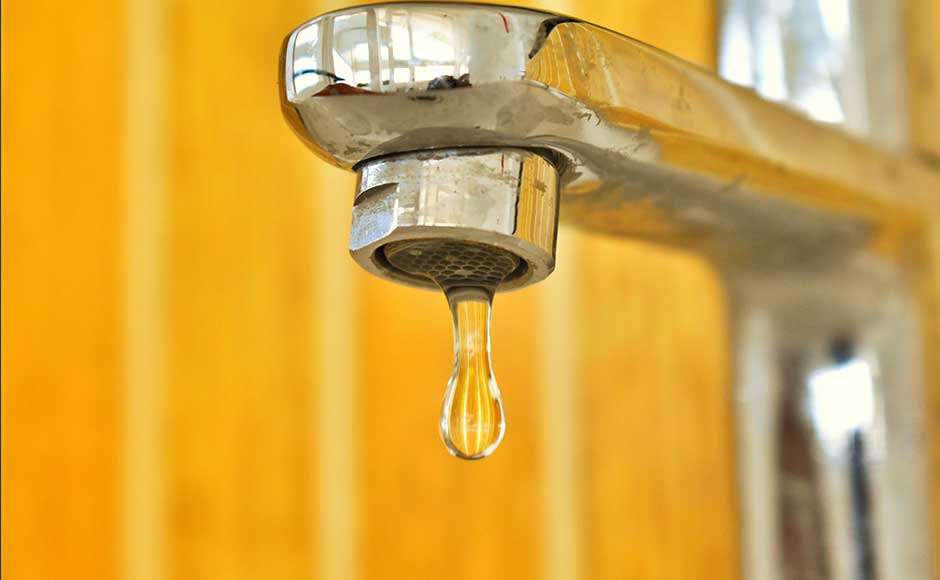Water management in buildings with a possible risk of legionella

The congregation's appointed Health and Safety representative(s) should ensure that there is a water management plan if they have identified the possible risk of legionella in your building(s).
A Water Management Risk Assessment should also be carried out if your building is considered at risk of legionella.
The appointed Health and Safety Representative(s) may be competent to carry out the assessment in-house but, if not, they should call on help and advice from the General Trustees Health and Safety Department or from outside sources, such as water treatment consultancies.
The person(s) responsible for managing legionella risks must understand water systems; the equipment associated with the fitted system such as water storage tanks, pumps, heat exchangers, showers etc, and its constituent parts; and identify whether they are likely to create a risk from exposure to legionella and whether or how:
- The water temperature in all or some parts of the system is between 20–45 °C
- The water storage and re-circulation process works
- There are sources of nutrients such as rust, sludge, scale, organic matter and biofilms (these conditions are likely to encourage bacteria to multiply and are often found in elevated water storage tanks)
- It is possible for water droplets to be produced and, if so, whether they can be dispersed over a wide area, e.g. showers, hoses and aerosols from air conditioning units
- It is likely that any of your employees, congregation or visitors etc are more susceptible to infection due to age, illness, a weakened immune system etc and whether they could be exposed to any contaminated water droplets.